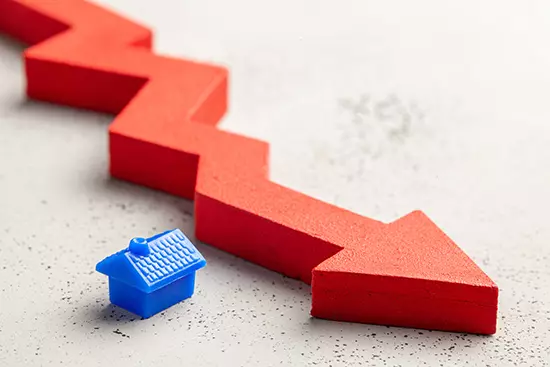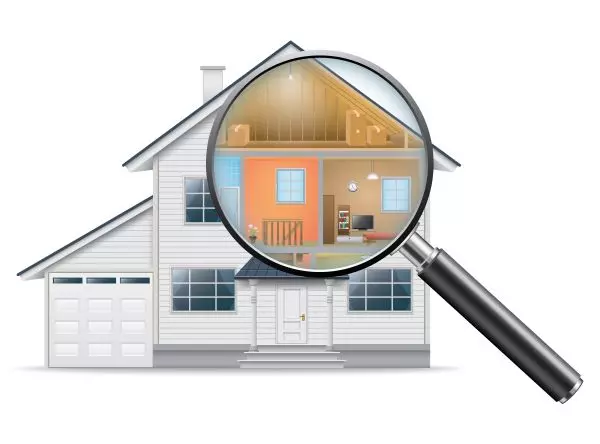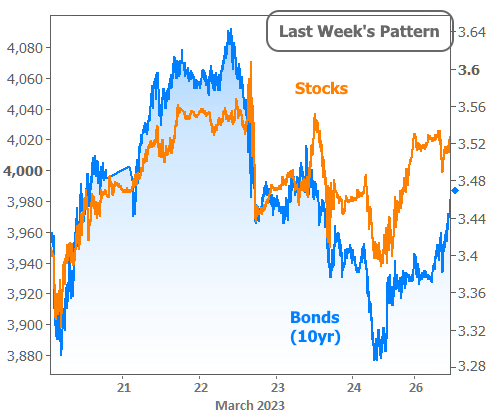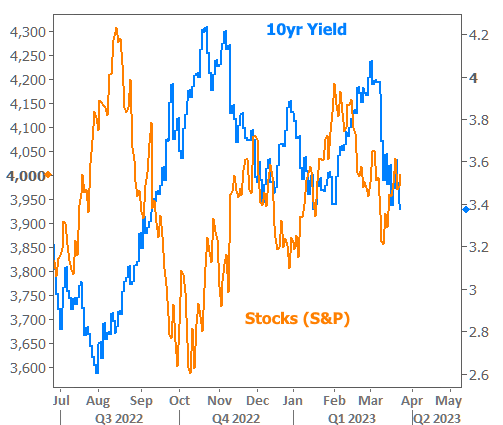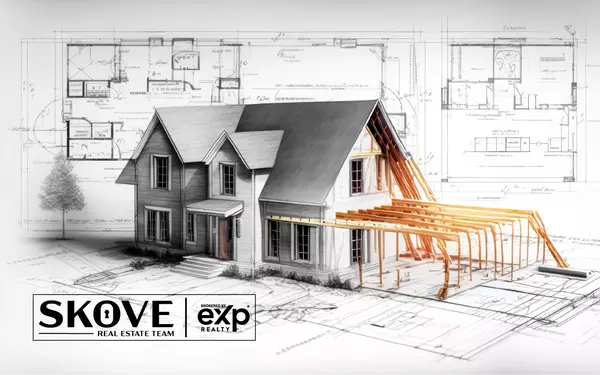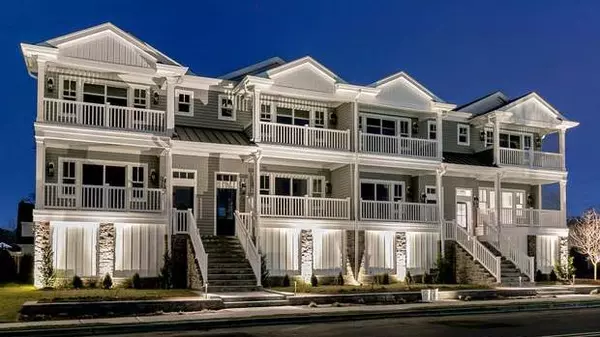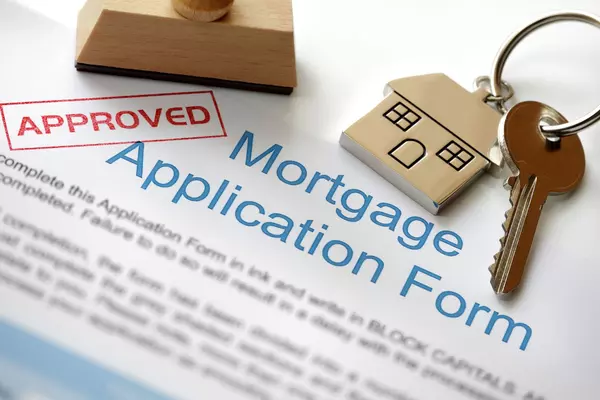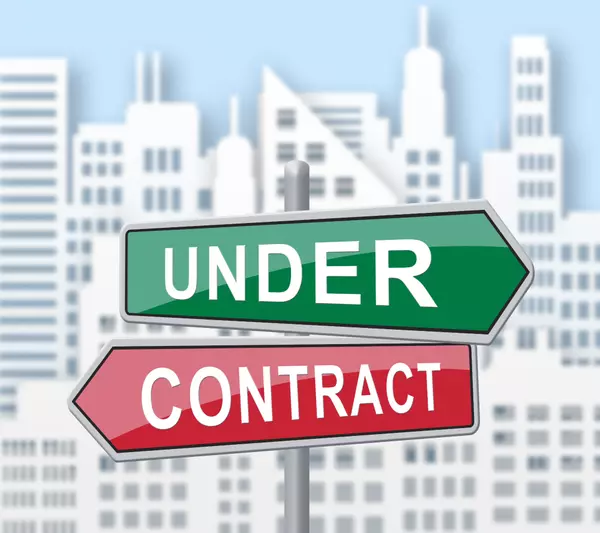Word Of The Day: Consolidation
30YR Fixed 6.67% +0.12% 15YR Fixed 6.04% +0.09% Hi, My Name is Consolidation, And I Can Explain Everything Scroll down far enough on the list of Webster's definitions of the word "consolidate," and you'll find "to form together into a compact mass." Financial markets appropriated that definition
Buyer Activity Is Up Despite Higher Mortgage Rates
Buyer Activity Is Up Despite Higher Mortgage Rates If you’re a homeowner thinking about making a move, you may wonder if it’s still a good time to sell your house. Here’s the good news. Even with higher mortgage rates, buyer traffic is actually picking up speed. Data from the latest ShowingTime Show
Lowest Mortgage Rates in Weeks After Fed Hikes Rates. Here's How That Works...
30YR Fixed 6.49% -0.09% 15YR Fixed 5.90% -0.10% Lowest Mortgage Rates in Weeks After Fed Hikes Rates. Here's How That Works... The implication of "Fed rate hikes" is a constant source of confusion in the housing market. The general belief is that the Fed controls rates and if they're hiking, then
Housing and Rates Having Tough Time Finding Momentum
30YR Fixed 6.73% +0.14% 15YR Fixed 6.12% +0.14% Housing and Rates Having Tough Time Finding Momentum Mortgage rates fell nicely to start the week but only after rising rather abruptly in the previous two weeks. That said, short term ups and downs are just a sideshow in the bigger picture where rat
Mortgage Application Volume Increases Despite Higher Rates
Mortgage application volume increased during the week ending April 21. The Mortgage Bankers Association (MBA) said its Market Composite Index, a measure of that volume, rose 3.7 percent on a seasonally adjusted basis compared to the prior week and was 5 percent higher before adjustment. The Refinanc
Is There Really a New, Unfair Mortgage Tax on Those With High Credit?
30YR Fixed 6.66% -0.01% 15YR Fixed 6.04% -0.01% Is There Really a New, Unfair Mortgage Tax on Those With High Credit? Seemingly overnight, the internet is awash with news regarding a "new," unfair tax on mortgage borrowers with higher credit scores. Some have gone so far as to suggest that someone
Existing Home Sales Hit by Higher Rates and Low Inventory
30YR Fixed 6.66% -0.01% 15YR Fixed 6.04% -0.01% Existing Home Sales Hit by Higher Rates and Low Inventory The National Association of Realtors (NAR) measures the sales of previously owned homes. These so-called Existing Home Sales account for a vast majority of all home sales in the US. Existin
Rates Having a Tough Time Turning The Corner
30YR Fixed 6.67% -0.08% 15YR Fixed 6.05% -0.07% Rates Having a Tough Time Turning The Corner The good news is that last November increasingly looks like the moment when rates stopped surging higher at the fastest pace in 40 years. The not-so-good news is that they still don't seem sure what to do
What’s the Difference Between a Home Inspection and an Appraisal?
If you’re planning to buy a home, an inspection is an important step in the process. It assesses the condition of the home before you finalize the transaction. It’s also a different step in the process from an appraisal, which is a professional evaluation of the market value of the home you’d like t
Calmer Markets; Are Home Prices Already Done Falling?
30YR Fixed 6.57% -0.02% 15YR Fixed 5.99% -0.01% Calmer Markets; Are Home Prices Already Done Falling? The bond market moved far less over the entire week than it did during a single day last week. Not only was volatility much lighter, but the trading patterns changed as well. At the onset of the r
Failing Banks, Falling Rates, Falling Prices. Should You Worry?
30YR Fixed 6.59% -0.02% 15YR Fixed 6.00% -0.02% Failing Banks, Falling Rates, Falling Prices. Should You Worry? While there were no further bank failures this week, there was plenty of concern and speculation about who might be next. Those concerns teamed up with Wednesday's Fed announcement to pu
Pending Home Sales Adding to Resilient Housing Narrative
30YR Fixed 6.61% +0.01% 15YR Fixed 6.02% +0.02% Pending Home Sales Adding to Resilient Housing Narrative January was a refreshingly strong month for many economic reports, but especially for metrics relating to the housing and mortgage markets. This wasn't too hard to reconcile with December and
4 Key Tips for Selling Your House This Spring
Spring has arrived, and that means more and more people are getting their homes ready to sell. But with recent shifts in real estate, this year’s spring housing market will be different from the frenzy of the past several years. To sell your house quickly, without hassles, and for the most money, be
Ready Set Go: The Best Time To List Your House Is Almost Here
If you’re thinking about selling this spring, it’s time to get moving – the best week to list your house is fast approaching. Experts at realtor.com looked at seasonal trends from recent years (excluding 2020 as an uncharacteristic year due to the onset of the pandemic) and determined the ideal week
New Home Sales Rose Slightly
30YR Fixed 6.44% -0.01% 15YR Fixed 5.93% -0.02% New Home Sales Rose Slightly After Revisions Erased January's Surge New home sales surprised everyone in January, surging by 7.5 percent to 670,000 units, the highest rate since March 2022. It was, however, only an illusion. That number has now been
Reasons To Consider Condos in Your Home Search
Are you having trouble finding a home that fits your needs and your budget? If so, you should know there’s an option worth considering – condominiums, also known as condos. According to Bankrate: “A condo can be a more affordable entry point to homeownership than a single-family home. And as a homeo
Mortgage Application Volume Inches Higher as Rates Find Their Footing
30YR Fixed 6.70% -0.05% 15YR Fixed 6.12% -0.05% Mortgage Application Volume Inches Higher as Rates Find Their Footing A second week of declining interest rates prompted another increase in mortgage activity last week, the third in as many weeks. The Mortgage Bankers Association (MBA) said its Mark
US Home Resales Jump by Most Since 2020, Ending Year-Long Slide
February contract closings surged 14.5% to 4.58 million rate Annual decline in median sales price was first since 2012 US sales of previously owned homes rose in February by the most since mid-2020, snapping a record year-long slide tied to rising interest rates and affordability constraints. Cont
YouTube TV is raising prices for the first time in three years.
YouTube TV is raising prices for the first time in three years. Effective Thursday, the streaming service will charge $72.99 instead of $64.99 per month for new subscribers. Existing subscribers will see the increase beginning with the first bill on or after April 18. The 12% hike is a significant
What Buyer Activity Tells Us About the Housing Market
Though the housing market is no longer experiencing the frenzy of a year ago, buyers are showing their interest in purchasing a home. According to U.S. News: “Housing markets have cooled slightly, but demand hasn’t disappeared, and in many places remains strong largely due to the shortage of homes o

Ryan Skove, ABR, SRS
Phone:+1(732) 365-0265



